How to Install Outdoor Security Camera — A Complete Guide
A properly installed security camera can help keep your home safe from crooks. To get the most out of it, you'll have to make sure your camera is mounted on the best spot possible. Otherwise, it can't do its job.
Don't fret as we're here to guide you on how to install your security camera outdoor.
Steps to Install an Outdoor Wireless Security Camera

Installing an outdoor wireless security camera requires careful planning and execution to ensure effective surveillance. Here's a step-by-step guide to help you through the process:
Step 1: Download the security camera app

Search for and download the app provided by the camera manufacturer on your mobile device. This app will be essential for configuring and monitoring your camera.
Step 2: Connect the camera to the app

Once you've set up your app account, it's time to sync the camera to it.
-
Plug in the camera and wait for the LED light to show up (usually in red, green, blue, or orange). If it doesn't appear, your product might be faulty.
-
Try troubleshooting through the app or the manufacturer's website if there's an issue. If that doesn't work, contact the brand's customer support.
-
In the app main menu, look for an option to add a new camera, often represented by a plus sign or something like 'Add Camera' or 'Add New Device.'
-
Some products display a QR code on your viewing device. Follow the app instructions to hold it in front of the camera, which will scan it to connect the devices. Others may require you to connect to the camera through your viewing device's Wi-Fi settings as if it were a wireless hub.
Step 3: Decide on camera placement
This is an important step that requires careful attention because, unlike indoor cameras, outdoor security cameras must be securely installed to work properly.
When it comes to placing outdoor cameras, there are specific things to keep in mind for better security:
-
Height Matters: Make sure the camera is at least 9 feet high to prevent easy access by unauthorized individuals, whether it's monitoring the backyard, doorway, or driveway. You can use a gutter mount for a bird's eye view of your property.

-
Avoid glare. Find a spot with some shade to avoid glare. Outdoor cameras can handle brighter light than indoor ones and often come with sun and rain shields for weather protection and better image quality.
-
Extend Wi-Fi Range: Outdoor security cameras often need a Wi-Fi range extender. Place it as close to the camera as you can, typically on the other side of the wall.
Step 4: Adjust the distance to the hub
If your camera requires a hub or a base station, ensure it is within the recommended distance for a stable connection. Follow the camera's manual for specific distance guidelines. Here are some tips for making sure your outdoor wireless security camera connects well to the hub:
-
Right Placement: Put your camera within the recommended distance mentioned in the instructions. This helps maintain a strong connection to the hub.
-
Signal Strength: Keep an eye on the camera's signal strength in the app. If it's weak, try moving the camera closer to the hub.
-
Avoid Obstacles: Don't place the camera where walls, large metal objects, or dense bushes can block the signal. Adjust its position to avoid these obstacles.
-
Good Wi-Fi: Make sure your home Wi-Fi is strong and dependable. Weak or crowded Wi-Fi networks can affect the camera's performance.
-
Update Software: Keep the camera's software up-to-date. Manufacturers often release updates that can improve how it connects wirelessly.
-
Test Connection: Before you finalize where to put the camera, try streaming video or checking the live feed in the app. This helps you see if the connection is stable and make any needed changes.
-
Consider More Hubs: If you have a big property or lots of cameras, think about getting more hubs. Put them strategically to ensure good coverage everywhere.
Step 5: Prepare your tools

Gather the necessary tools:
-
Power Drill: Make sure it's powerful enough to go through tough materials like masonry. You can attach a masonry drill bit to a typical power drill.
-
Masonry Drill Bits: These bits are designed for drilling into hard materials like stone and concrete.
-
Electric Screwdriver: Using a regular screwdriver for exterior walls can be challenging. It's much easier with an electric one. Most power drills can handle this by swapping out the bit.
-
Chalk or Pencil: Use chalk to mark where you'll place the screws. Pencil markings can work, but they might not show up well on exterior walls.
-
Spirit Level: You can download a free Spirit Level app on your phone or use a physical one. It's handy as both a straight edge and a level.
-
Wall Scanners: Before drilling into exterior walls, it's essential to check for hidden objects like studs, pipes, or cables. Use tools like stud finders, pipe detectors, and cable detectors to prevent any damage.
Step 6: Mark where you want to put your camera
Mark the spots on the wall where you'll need to drill holes. Most cameras come with a mounting guide for easier marking. But you can also hold the bracket mount against the wall and mark the holes using chalk or pencil. Before drilling the holes, use a spirit level to make sure they are level. Note that not all wireless cameras require drilling.
Step 7: Mount the camera
-
Use a drill bit slightly smaller than the screws provided with the bracket to pre-drill small holes where you've marked. Pre-drilling makes it easier to insert the screws later.
-
Align the holes of the bracket mount with the pre-drilled holes on the wall. Insert the screws through the bracket into the holes and tighten them securely using an electric screwdriver. Ensure the bracket is stable and level. If your camera uses batteries, insert them as per the manual.
Step 8: Test the camera
Before finalizing the installation, test the camera to ensure it's capturing the desired footage and that the connection to the app is stable. Make any necessary adjustments to the camera angle or settings.
Step 9: Customize the settings
Use the app to customize your camera's settings, such as motion detection sensitivity, notification preferences, and recording schedules, to tailor it to your security needs.
How Do You Power an Outdoor Wireless Security Camera?
An outdoor wireless camera may be powered by two AA batteries or by a rechargeable internal battery. The battery-powered security wireless camera may last anywhere between 3 to 12 months before needing a recharge, depending on the manufacturer and the model.
If you want non-stop security, you might want to consider solar panels. However, it will take away your camera's wire-free feature as it requires hooking up your camera to the panel using electrical wires.
The Best Places for an Outdoor Security Camera

When it comes to installing outdoor security cameras, selecting the right locations is crucial to ensure comprehensive surveillance of your property.
-
Front doors. The front door is a primary entry point for family members and visitors. Mounting a security camera above the doorway, angled towards the visitors, helps capture clear footage of anyone approaching or entering your home.
-
Front yard. Your front yard, is often the first area intruders encounter when approaching your home. A visible security camera in the yard can deter potential intruders from even attempting to enter your property.
-
Backyard. Your backyard serves as one of the main entry points to your house, making it essential to keep a watchful eye on it. Positioning your security camera under a porch or at a high point offers the best viewing angle, ensuring you can monitor any activity in this area effectively.
-
Driveway. The driveway is another point of interest for potential intruders. Placing a security camera near the garage door provides a full view of your driveway, allowing you to keep tabs on any vehicles or individuals approaching your property.
-
Garage. Your garage is often used to store valuable items like cars and tools. A camera near the garage can help you control who enters or attempts to access this area. Some garages provide access to the interior of the house. Monitoring this area is crucial to ensure the security of your home.
The Worst Places for an Outdoor Security Camera
To maintain good neighborly relations and respect privacy, it's important to be cautious about where you install outdoor security cameras. Here are two places where you should avoid putting them:
-
Areas that Intrude on Neighbor Privacy: Placing cameras that capture your neighbor's private spaces can lead to legal problems and upset neighbors. Avoid pointing cameras at their homes or windows to ensure their privacy is respected.
-
Bedrooms and Bathrooms: These are personal spaces where privacy is essential. Installing cameras in bedrooms or bathrooms is invasive and unacceptable. It's crucial to respect the privacy of your household members and any guests.
Steps to Install an Outdoor Wired Security Camera

Installing an outdoor wired security camera is pretty similar to installing a wireless one. Here's a step-by-step guide to help you through the process:
Step 1: Choose the installation location
Decide where you want the outdoor wired camera installed. Find the best angle for optimal coverage. While some cameras have night vision, ensure there are nearby light sources for clearer footage.
Step 2: Check camera mounting options
Depending on your camera, you might need to find a stud in the wall for secure mounting, while others come with a drywall mount.
Step 3: Inspect existing wiring
Check if there are any existing wires or cables in the chosen location that you can utilize. This can save you from unnecessary drilling and cable routing.
Step 4: Mark drill hole spots
Hold the camera mount or bracket against the wall and mark the spots where you'll need to drill holes. Ensure that the mount is level and securely marked.
Step 4: Drill holes for mounting
Use an appropriate drill bit to create holes at the marked spots. These holes will be used to anchor the camera mount to the wall.
Step 5: Run the cable
If necessary, run the camera's cable from the mounting location to the source where you plan to monitor the footage. You may need to drill additional holes through the wall or ceiling to route the cables.
Step 6: Connect to monitoring source
Connect the camera to your monitoring source. This often involves attaching the cable to a video recorder or a monitor. Follow the camera's manual for specific instructions.
Step 7: Wi-Fi and phone pairing
If your camera connects to Wi-Fi and your phone for remote monitoring, follow the manufacturer's instructions to pair the camera with your Wi-Fi network and smartphone app. This step allows you to access live feeds and recordings remotely.
How to Run Wires From Inside to Outside
If you want your outdoor security cameras to run for a long time, you'll have to properly run the wires from the inside out. Before doing so, you have to consider several factors including rain, heat, and exposed wiring.
Here's a step-by-step guide on how you can install an indoor camera:
-
Set up the central surveillance hub. This is where you place the Digital Video Recorder (DVR)/Network Video Recorders (NVR) connected to the coaxial cable. Ideally, this should be somewhere easy to access like the Internet router.
-
Turn off the power for safety purposes.
-
Drill a hole where you want the power outlet to be. Use a straightened metal coat hanger to feel if there are any obstructions inside the wall.
If you have a Cat 5/6 Ethernet cable, you can just drill a hole and connect the ethernet cable to your router or DVR. If they're too far away from each other, you can use a PoE injector.
-
Make sure that the hole is big enough to fit the maximum number of wires you expect to run. Have a few extra feet of wire for termination or reorganization.
-
Drill a hole in the top or bottom wall plate of the installation location.
-
Run the wires to the destination. Use the security camera wire protection cover to protect the cables.
How to Hide Security Camera Wires Outside
If you prefer wired outdoor security cameras over wireless security cameras, you have an additional burden to carry: the tangled-up wires that can ruin your house's vibe.
The best way to hide these pesky wires is to bury them. Here are some tips on how to hide security camera wires from plain sight:
-
Make the wiring route for your IP cameras as short as possible.
-
Prepare the pipes to be used. You can use metal conduit pipes or PVC.
-
Mark the points where you'll be drilling holes.
-
Bury the pipes. PVC pipes have to be buried at least 18 inches below, while metal pipes require 6 inches.
-
Run the security camera cables through the pipes. Use fish tape for pulling wires.
If you don't want to go through all this hassle, you're better off installing outdoor wireless security cameras instead.
Security Camera Installation — Pro Tips
When setting up security cameras, consider these helpful tips:
-
Secure every entrance. It's important that you monitor all access points in your property. This includes the main entrance or the front door and secondary doors to avoid break-ins.
-
Make sure the security camera is at the right height and distance. A camera pointed at the right viewing angle won't let anyone enter undetected. Install it at a height that captures a clear view without being easily tampered with, often around 9 feet high.
-
Keep your security cameras visible. This goes for both indoor cameras and outdoor cameras. Studies show that a visible security camera can discourage crooks from entering your property as they're aware they're being recorded.
-
Get local storage. Local video storage is more secure and cheaper than cloud storage. Depending on the security company, you can be charged monthly fees to store video recordings in the cloud. Storage-enabled cameras don't. Also, there's always the risk that someone could get a hold of your password and access video footage.
-
Upgrade with accessories. Accessories like flood lights will ensure your home security camera gets the best footage even at night. Though a lot of security cameras these days are already equipped with night vision, a flood light can significantly improve this feature. Floodlights can also improve motion detection. Other accessories aid the two-way audio feature.
Does the Law Allow Installing Security Cameras Outside Your House?
The laws regarding the installation of security cameras outside your house can vary depending on your location and jurisdiction. However, there are some common principles to keep in mind:
-
Privacy Considerations: Generally, you have the right to install security cameras on your property, including the exterior of your home, to protect your property and enhance your security. However, you must respect the privacy rights of others.
-
Public vs. Private Areas: Cameras that capture public areas like streets or sidewalks are usually allowed. However, it's crucial to avoid recording areas where people have a reasonable expectation of privacy, such as inside neighboring homes.
-
Audio Recording: Laws regarding audio recording can be stricter than video recording. In some places, you may need consent to record audio conversations, even on your property.
-
Notification: Some states require you to post signs indicating that surveillance cameras are in use. This is to inform people that they may be recorded in the vicinity.
-
Data Protection: Laws related to the storage and use of recorded footage may vary. Ensure that you handle and store video data in compliance with local regulations.
In California, homeowners are generally allowed to install security cameras on their private property to enhance security. However, it's important to note that California law strictly prohibits the use of these cameras to record conversations without obtaining consent from all parties involved in the conversation.
Similarly, in New York, homeowners have the legal right to install security cameras outside their residences to bolster security measures. Nevertheless, New York law imposes limitations on audio recording, requiring the consent of at least one party involved in the recorded conversation.
Moving to Texas, homeowners are permitted to install security cameras on their property, including the exterior of their homes, to safeguard their premises. However, it's advised to refrain from recording audio conversations without the proper consent to avoid potential legal issues.
In the state of Florida, outdoor security camera installation on private property is allowed by law to enhance security measures. However, Florida law strictly prohibits the use of these cameras to record audio conversations unless consent has been obtained from all parties involved in the conversation.
DIY vs. Professional Installation — Pros and Cons
Surveillance cameras these days come in a more compact design. Gone are the days when you'll need one to be professionally installed because of the complicated setup it requires.
With the introduction of smart security cameras and video doorbells, you can easily install a surveillance camera in just a few minutes.
Smart home security cameras come in two variants: wired and wireless. Depending on what type you have, you may need professional help to install it. Doing so will require additional costs. But most of the cameras on the market include easy-to-follow instructions for DIY installation.
FAQ
Can I install my own security cameras?
Yes, you can do security camera installation by yourself. There are wireless security cameras that don't require professional installation. But a lot of wired cameras can also be DIY'd.
Are outdoor security cameras legal?
Yes, as long as they don't violate privacy. For example, a security camera pointing to an area where your neighbor expects privacy can have some legal consequences.
Is fake home security effective?
No. We don't suggest a fake security camera. Your home is too important to rely on fakery. Magic tricks, fairy dust, and unicorns are also ineffective.
Is it better to have wired or wireless security cameras?
This will depend on you. If you want to be wire free, then get wireless cameras. If you're fine with wires, have a wired home security camera installed. Just weigh their pros and cons, then decide.
What is a camera receiver?
A camera receiver receives the wireless signal transmitted from the camera and sends it to the digital video recorder (DVR).
Should you choose local or cloud storage?
Local storage is more secure and cheaper than cloud storage. You will be charged monthly fees to store video recordings in the cloud. Storage-enabled cameras don't. Also, there's always the risk that someone could get a hold of your password and access video footage.
Do security cameras work if the Wi-Fi is off?
Yes. Some security cameras work even without Wi-Fi by storing the footage locally.
Do security cameras need wiring?
Some outdoor cameras may need wiring, but wireless connections are possible.
Do wireless cameras need a power source?
Wireless cameras that operate on batteries do not need a power source.
How hard is it to install wired security cameras?
Wired security cameras usually come with easy-to-follow instructions for DIY installation.
How much does it cost to wire a security camera?
The average cost of installation is around $125 to $450 per camera including labor.
What are the security camera wire types?
The most common security camera wire types are the coaxial cables and Ethernet cables.
How long and how far can I run security camera wires?
Generally, security camera wires have a maximum length of 300 feet.
How hard is it to install security cameras?
Installing security cameras is not hard. But the level of difficulty will depend on what type of camera you're installing. Just follow the instructions included in the camera.
Do all outdoor security cameras have to be plugged In?
Not all outdoor security cameras need to be plugged into a power cable. There are wireless ones that are powered by batteries.
What is the easiest outdoor security camera to install?
The Google Nest Cam is the easiest outdoor camera to install as it has a magnetic base.


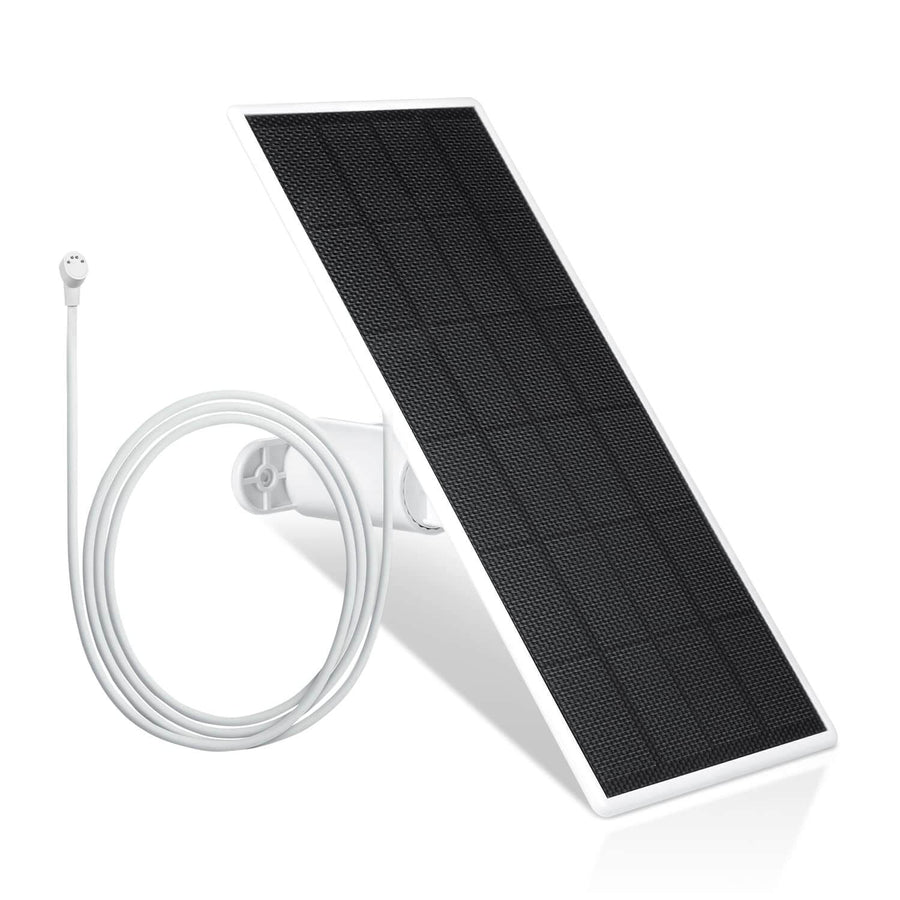
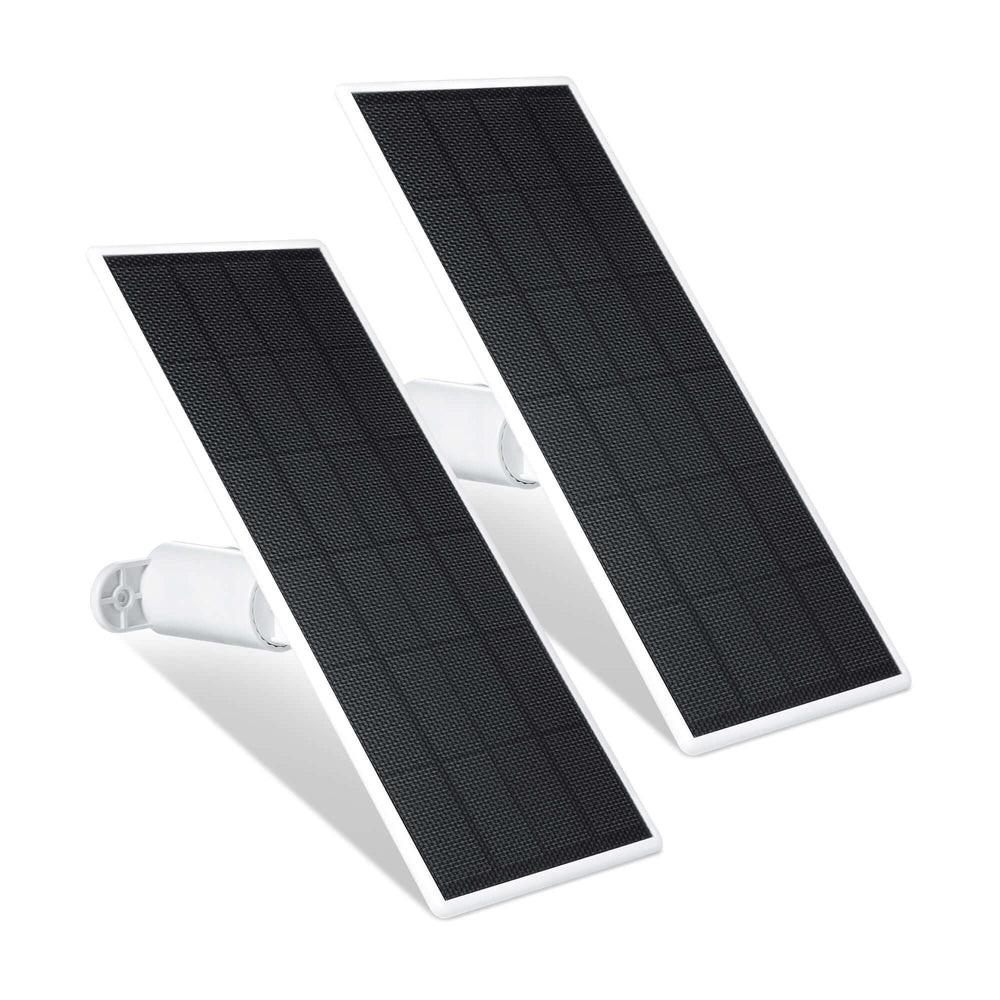
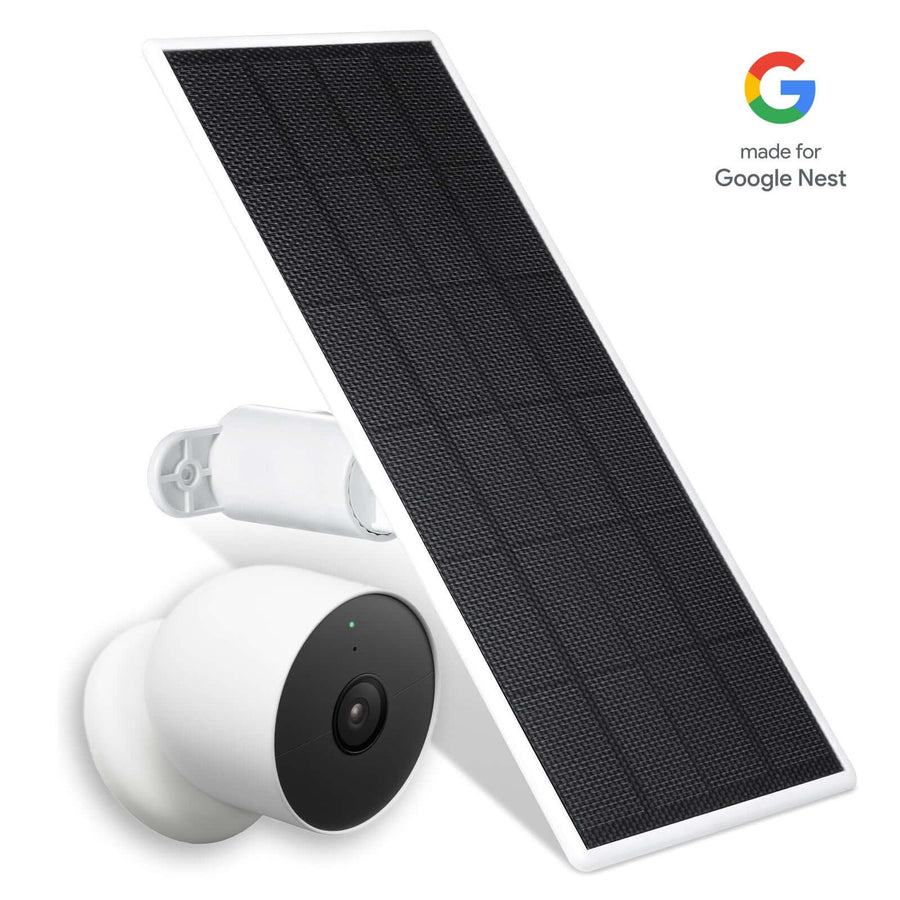
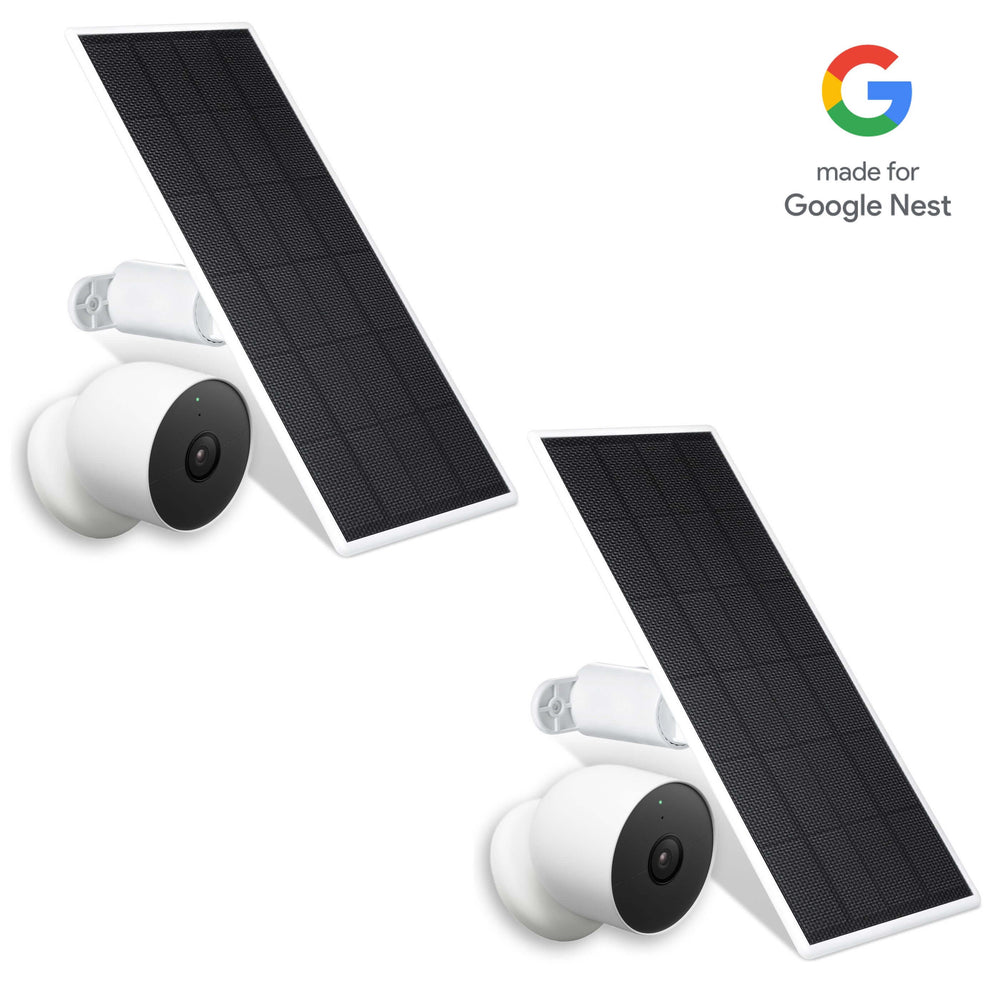
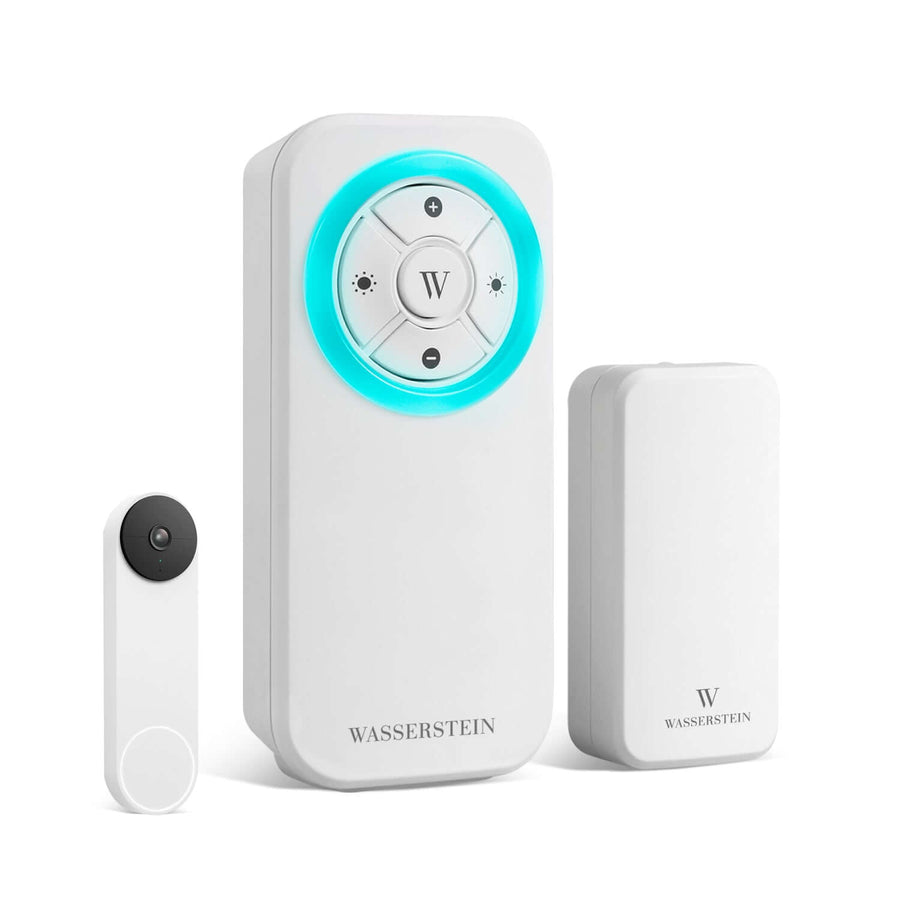

Leave a comment